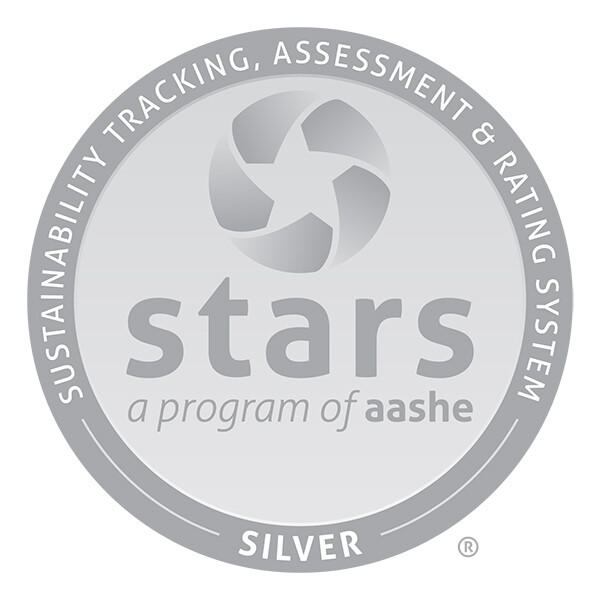
The University of Nebraska–Lincoln has maintained its silver rating for sustainability practices.
The ranking was earned through the Sustainability Tracking, Assessment and Rating System, a university- and college-centric program organized by the Association for the Advancement of Sustainability in Higher Education.

Nebraska earned its first silver rating in a 2016 STARS survey. The university’s initial rating in 2014 was bronze.
“This report is an important benchmark that helps measure the impact of sustainability practices on campus,” said Prabhakar Shrestha, sustainability coordinator for the university. “It is a useful tool that helps illustrate the great strides the university has made in key areas of sustainability, as well as the areas in which we can improve.”
The STARS rating system is a self-reporting tool that provides institutions with a benchmark to gauge progress in sustainability practices. The rating is earned through a wide-ranging assessment of campus programs, including the incorporation of sustainability teaching in curricula, engagement on and off campus, operations (from buildings and grounds to purchasing and transportation systems) on campus, and planning/administration of related initiatives.
The STARS system is also used to generate “green college” rankings issued by the Princeton Review and Sierra Club.

Among the seven Big Ten institutions that participated in the program since 2016, Nebraska, Michigan State and Northwestern earned silver ratings. Gold-level honors in the last three years went to Ohio State, Indiana, Illinois and Penn State.
University rankings are bronze, silver, gold and platinum. Points are earned across four main categories — academics, engagement, operations, and planning and administration.
Shrestha said Nebraska scored 54 points in the most recent ranking, which is nine points away from the gold level.
“We are close to earning the gold rating,” Shrestha said. “But, to get there, we are going to need a greater commitment from university leaders, students, faculty and staff.”
The most recent ranking is based on a report with information from the 2016 calendar year. Innovative programs highlighted in the ranking include: continued involvement in the Tree Campus USA program; being a bicycle friendly campus; integrating certified-green cleaning procedures in custodial services; and for having a landscape management and operations plan.
The survey showed that 9 percent of courses at Nebraska are focused on sustainability education and those courses are offered in 41 percent of the university’s academic departments.
“Input provided by faculty and staff while we were collecting data for the STARS rate was invaluable,” Shrestha said. “The information helped us improve the overall score toward the silver ranking and advanced our pathways toward sustainability.”
Areas of focus that will help build momentum and move the university toward the gold rating include continued engagement with student groups actively pursuing green programs; working with faculty and academic units to continue to define courses that include sustainability instruction; and creating formal documents that outline sustainability measures, including a sustainability master plan.
“We are making progress, but we need to increase dialogue and work between departments and units,” Shrestha said. “Gold is achievable, but it will take some major work to get us there.”
For more information on Nebraska’s sustainability efforts click here or contact Shrestha at pshrestha3@unl.edu or 402-472-1126.
A summary of the university’s STARS reports is available online. The complete list of participating universities and most recent STARS rankings are also available online.







